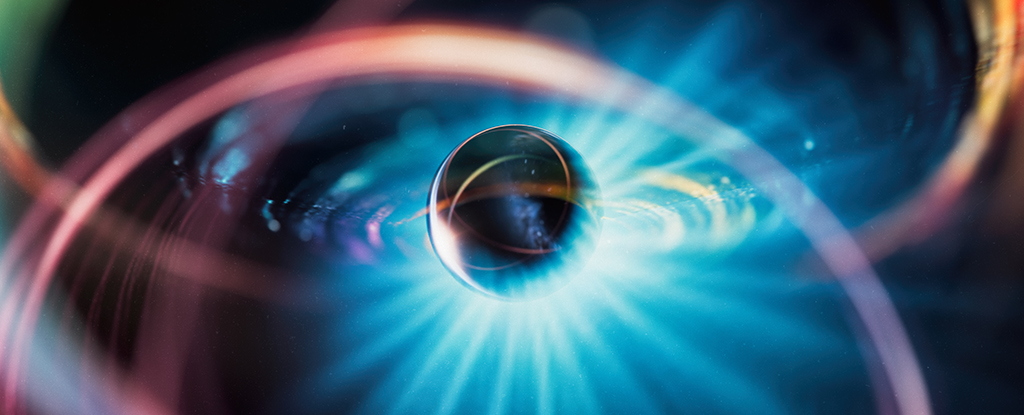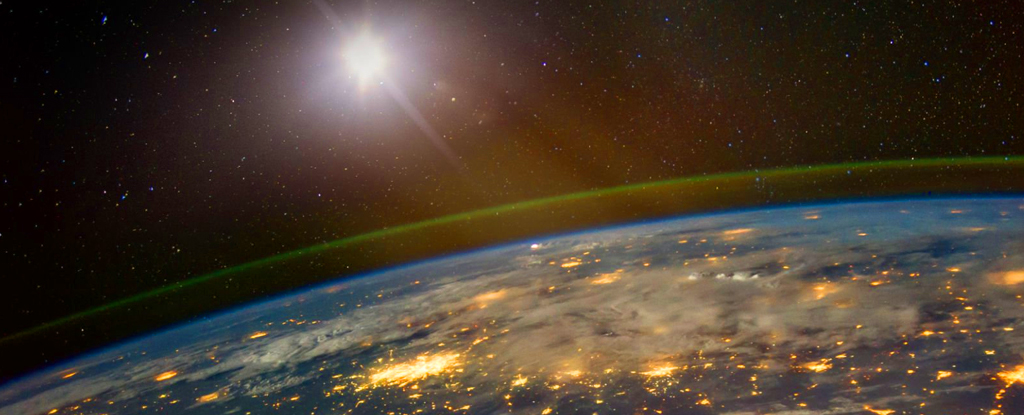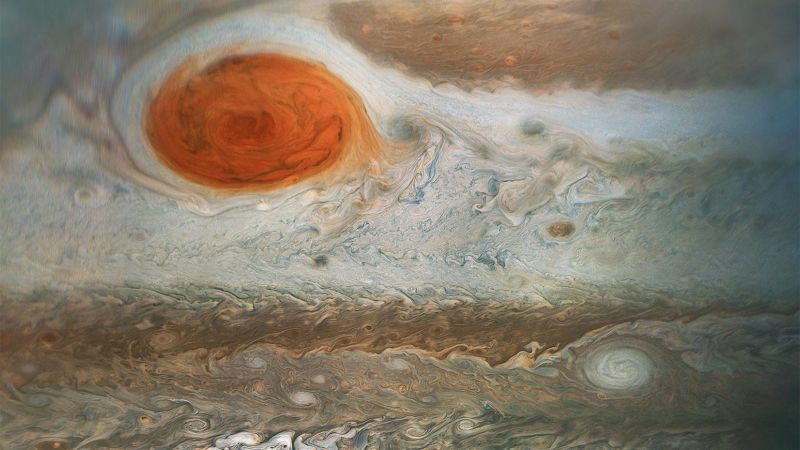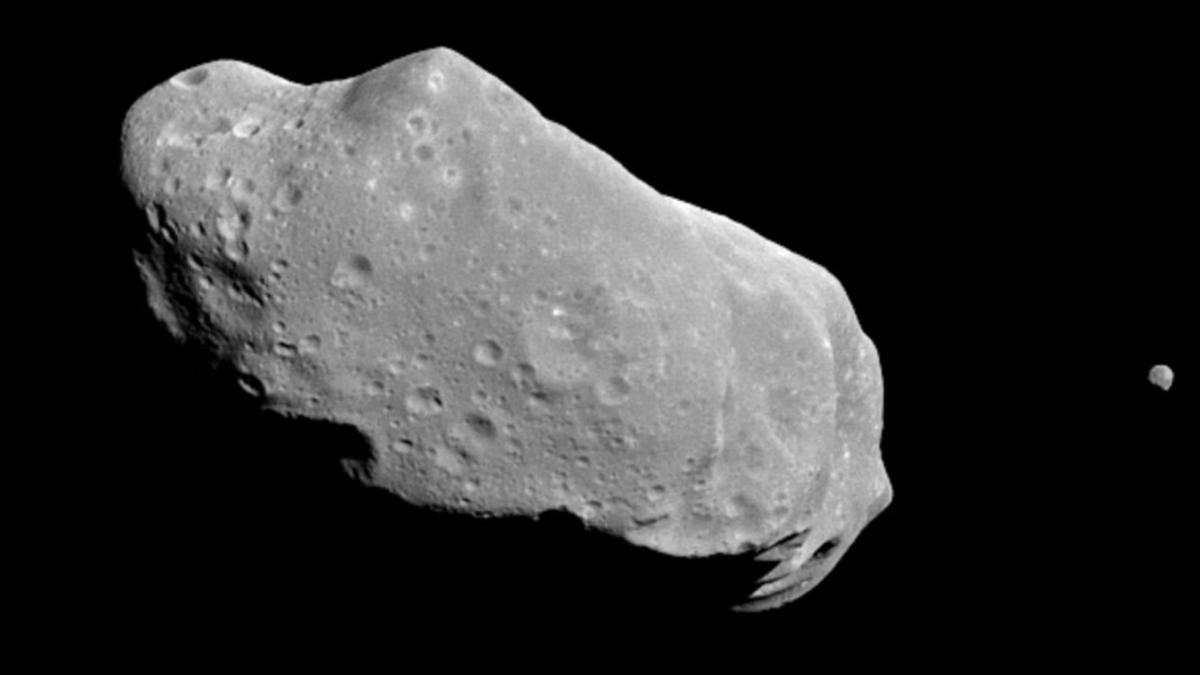‘Ghost particles’ may be the secret behind the heaviest elements: ScienceAlert
Large atoms require a lot of energy to build. A new model of quantum interactions now suggests that some of the lightest particles in the Universe may play a critical role in how at least some heavy elements form. Physicists in the US have shown how ‘ghost’ subatomic particles known as neutrinos can force atomic … Read more









